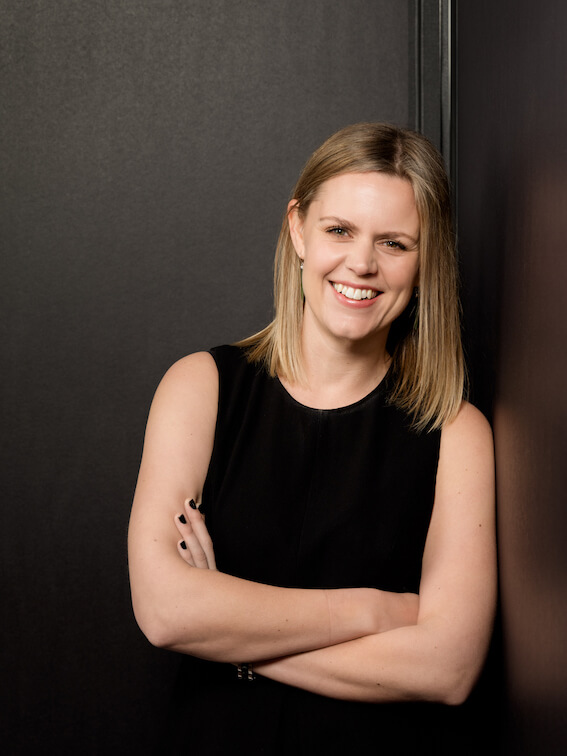I am often astonished at how little some executive teams know about what’s happening inside and outside their buildings.
I don’t mean subject matter expertise because that doesn’t seem lacking. I mean the big-picture kind of knowledge – what’s changing and shifting, what others are doing.
A good chunk of my work is in the public sector, and it is definitely worse here than with the corporates I work with, which is baffling.
We’re talking about a sector with little to no inter-organisational competition.
Where data and information are publicly accessible and easy to come by.
We have extremely similar counterparts at every level - other Councils, other agencies, other states and other countries – who are grappling with the same issues.
Despite that, I consistently work with teams who tell me, "That's not an option" or "We can't do that" about initiatives working well in almost identical environments. We have a strange habit of over-inflating minor differences between ourselves and those we are most similar to, which can keep us from learning and making progress.
“When spring comes, snow melts first at the periphery, because that is where it is most exposed” - Andy Grove: Only The Paranoid Survive
In ‘Seeing Around Corners’ Rita McGrath argues that all organisations caught short by change have one thing in common: Their executives and decision-makers became disconnected from the ‘edges’ where small, telling changes are present long before huge impact is obvious.
Building on the words of Andy Grove, former Intel CEO, McGrath makes a simple, powerful point: edges are where snow melts first. I agree – and seeing those edges, of all varieties, means looking up from our daily struggle and out into the wide world.
Being strategic about the big picture is pretty much impossible if you don’t have a leadership team who can look outside of their silos, see the edges and connect the dots.
Do you spend enough time looking outside? Are you connected to the edge?
 Alicia McKay
Alicia McKay